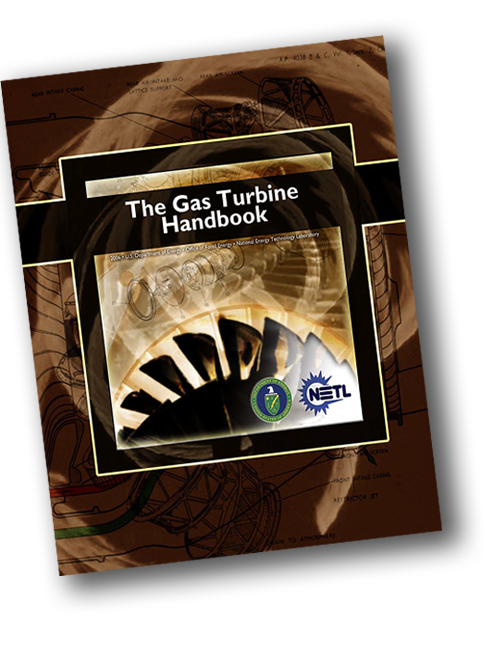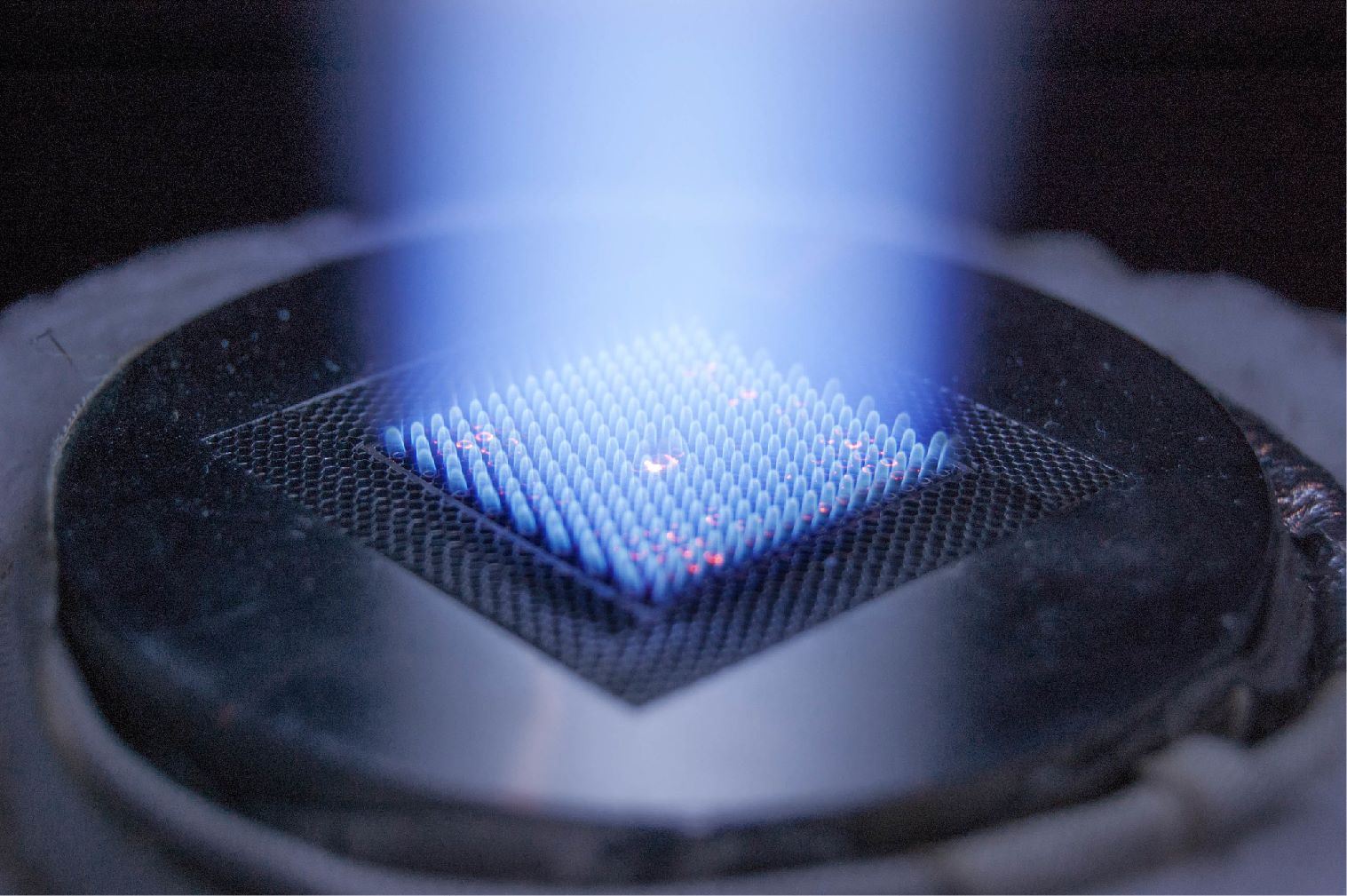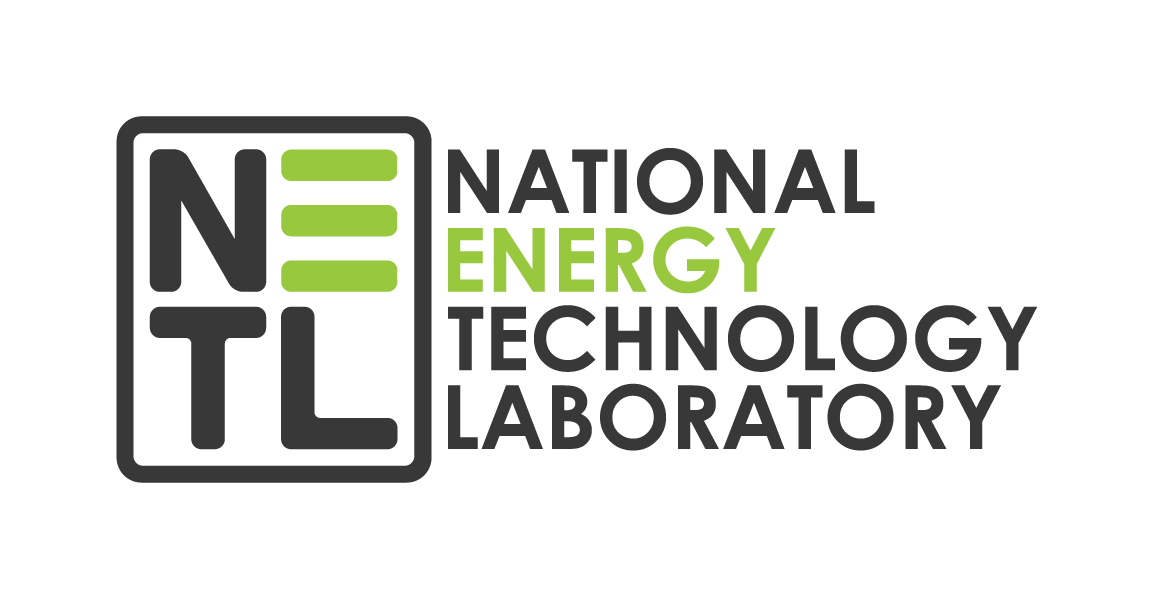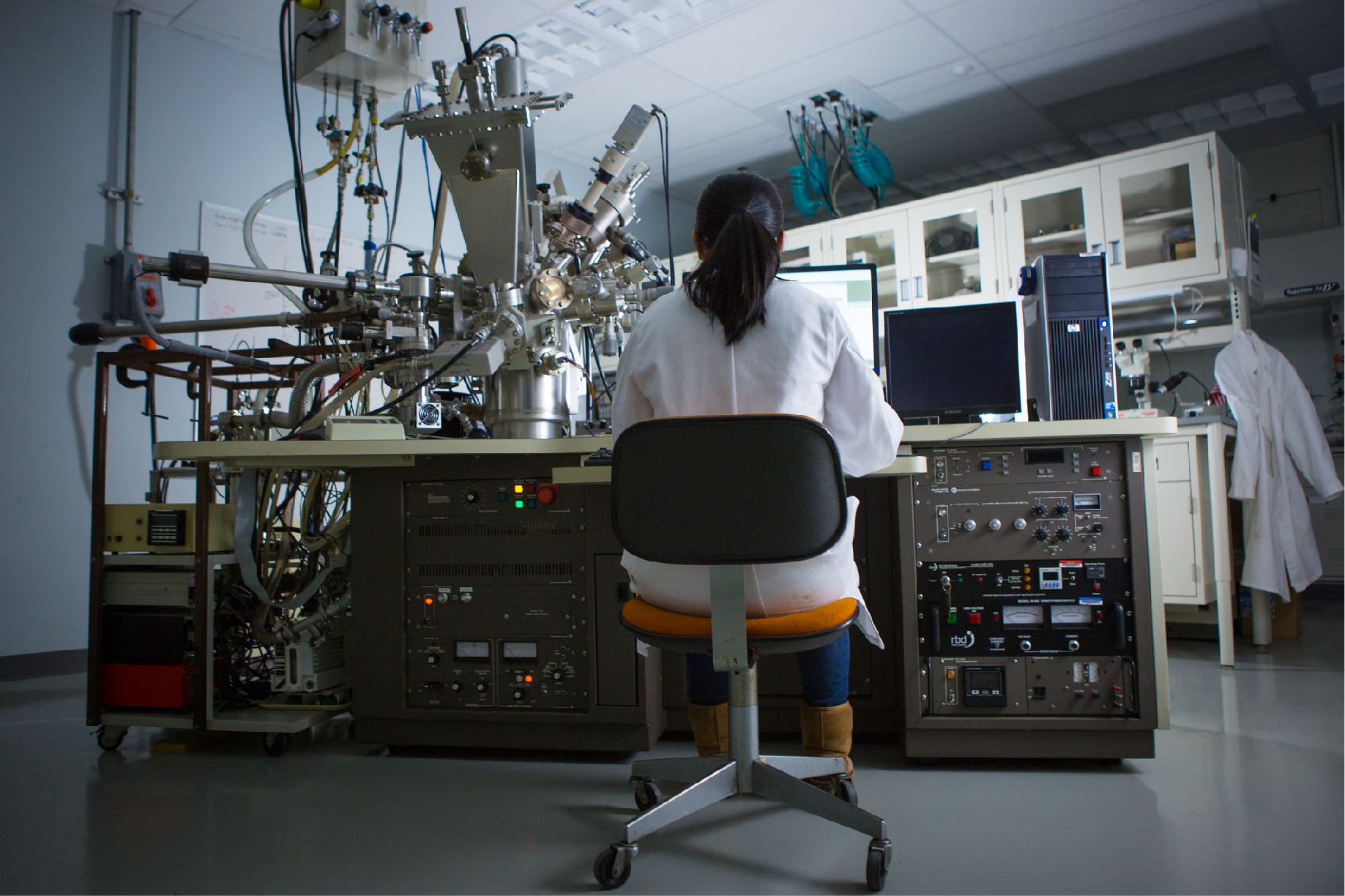Skip to main content
Gas Turbine Handbook

TABLE OF CONTENTS
- Acknowledgements
- Updated Author Contact Information
- Introduction – Rich Dennis, Turbines Technology Manager
- 1.1 Simple and Combined Cycles – Claire Soares
- 1.1-1 Introduction
- 1.1-2 Applications
- 1.1-3 Applications versatility
- 1.1-4 The History of the Gas Turbine
- 1.1-5 Gas Turbine, Major Components, Modules, and systems
- 1.1-6 Design development with Gas Turbines
- 1.1-7 Gas Turbine Performance
- 1.1-8 Combined Cycles
- 1.1-9 Notes
- 1.2 Integrated Coal Gasification Combined Cycle (IGCC) – Massod Ramezan and Gary Stiegel
- 1.2-1 Introduction
- 1.2-2 The Gasification Process
- 1.2-3 IGCC Systems
- 1.2-4 Gasifier Improvements
- 1.2-5 Gas Separation Improvements
- 1.2-6 Conclusions
- 1.2-7 Notes
- 1.2.1 Different Types of Gasifiers and Their Integration with Gas Turbines – Jeffrey Phillips
- 1.2.1-1 Introduction
- 1.2.1-2 Generic Types of Gasifiers
- 1.2.1-3 Other Design Options
- 1.2.1-4 Integrating with a Combined Cycle
- 1.2.1-5 Commercially Available Large-Scale Gasifiers
- 1.2.1-6 Near-Commercial Gasifiers of Interest
- 1.2.1-7 Conclusions
- 1.2.1-8 Notes
- 1.2.2 Implications of CO2 Sequestration for Gas Turbines – Ashok Rao
- 1.2.2-1 Introduction
- 1.2.2-2 Implications for Gas Turbines
- 1.2.2-3 Conclusions
- 1.2.2-4 Notes
- 1.3.1.1 Graz Cycle - a Zero Emission Power Plant of Highest Efficiency – Franz Heitmeir, Herbert Jericha, Wolfgang Sanz
- 1.3.1.1-1 Introduction
- 1.3.1.1-2 Cycle configuration and thermodynamic layout
- 1.3.1.1-3 Turbomachinery Design
- 1.3.1.1-4 Economic Evaluation
- 1.3.1.1-5 Conclusions
- 1.3.1.1-6 Abbreviations and Appendix
- 1.3.1.1-7 Notes
- 1.3.1.2 Clean Energy Systems – Fermin 'Vic' Viteri
- 1.3.1.2-1 Introduction
- 1.3.1.2-2 The CES Zero Emissions Power Plant
- 1.3.1.2-3 ASU and Turbine Compressor Matching
- 1.3.1.2-4 Effect of Drive Gases on Gas Turbine Operating Parameters
- 1.3.1.2-5 Effect of Coolant on Gas Turbine Blade Temperatures
- 1.3.1.2-6 Gas Turbine Operation with CES Gases versus Air-Breathing Gases
- 1.3.1.2-7 Turbine Materials Issues
- 1.3.1.2-8 Integrated Plant Concepts
- 1.3.1.2-9 Performance
- 1.3.1.2-10 Conclusions
- 1.3.1.2-11 Notes
- 1.3.1.3 Hydrogen-Fueled Power Systems – Wen-Ching Yang
- 1.3.1.3-1 Introduction
- 1.3.1.3-2 The High Temperature Steam Cycle (HTSC) Power System
- 1.3.1.3-3 The New Rankine Cycle
- 1.3.1.3-4 The Rankine Cycle with Reheat And Recuperation
- 1.3.1.3-5 Developmental Requirements
- 1.3.1.3-6 Conclusions
- 1.3.1.3-7 Notes
- 1.3.2 Advanced Brayton Cycles – Ashok Rao
- 1.3.2-1 Introduction
- 1.3.2-2 Gas Turbine Technology
- 1.3.2-3 Conclusions
- 1.3.2-4 Notes
- 1.3.3 Partial Oxidation Gas Turbine (POGT) Cycles – Joseph K. Rabovitser, Ph.D., Serguei Nester, Ph.D.
- 1.3.3-1 Introduction
- 1.3.3-2 Background
- 1.3.3-3 Overview
- 1.3.3-4 POGT Applications
- 1.3.3-5 Conclusions
- 1.3.3-6 Acronyms and Abbreviations
- 1.3.3-7 Notes
- 1.4 Hybrid Gas Turbine Fuel Cell Systems – Jack Brouwer
- 1.4-1 Introduction
- 1.4-2 Background
- 1.4-3 Fuel Cell Technology
- 1.4-4 Hybrid Gas Turbine Fuel Cell Concept
- 1.4-5 Early Hybrid Gas Turbine Fuel Cell Developments
- 1.4-6 Dynamic Simulation of Hybrid Systems
- 1.4-7 Hybrid System Control
- 1.4-8 Research & Development Needs for Hybrid Gas Turbine Fuel Cell Systems
- 1.4-9 Acknowledgments
- 1.4-10 Notes
- 2.0 Axial-Flow Compressors – Meherwan P. Boyce
- 2.0-1 Introduction
- 2.0-2 Blade and Cascade Nomenclature
- 2.0-3 Elementary Airfoil Theory
- 2.0-4 Laminar-Flow Airfoils
- 2.0-5 Energy Increase
- 2.0-6 Velocity Triangles
- 2.0-7 Degree of Reaction
- 2.0-8 The Deviation Rule
- 2.0-9 Compressor Operation Characteristics
- 2.0-10 Compressor Performance Parameters
- 2.0-11 Performance Losses in an Axial-Flow Compressor
- 2.0-12 New Developments in Axial Flow Compressors
- 2.0-13 Recent Advances and Research Requirements
- 2.0-14 Compressor Blade Material
- 2.0-15 Acknowledgements
- 2.0-16 Bibliography
- 3.1 Key Combustion Issues Associated with Syngas and High-Hydrogen Fuels – Vincent McDonell
- 3.1-1 Key Combustion Issues Associated with Syngas and High-Hydrogen Fuels
- 3.1-2 Notes
- 3.1.1 Static and Dynamic Combustion stability – Timothy C. Lieuwen
- 3.1.2-1 Introduction
- 3.1.2-2 Static Stability
- 3.1.2-3 Dynamic Stability
- 3.1.2-4 Notes
- 3.2 Combustion Strategies for Syngas and High-Hydrogen Fuel – Pete Strakey, Nate Weiland, Geo Richards
- 3.2-1 Introduction
- 3.2-2 NOx formation
- 3.2-3 Diffusion flame combustor
- 3.2-4 Lean Direct Injection
- 3.2-5 Highly-strained diffusion flame combustors
- 3.2-6 Premixed Combustion
- 3.2-7 Tuning and Combustor Control
- 3.2-8 Oxy-Fuel Combustion
- 3.2-9 Notes
- 3.2.1.1 Conventional Type Combustion – Scott Samuelsen
- 3.2.1.1-1 Introduction
- 3.2.1.1-2 Combustor Features
- 3.2.1.1-3 Primary Zone
- 3.2.1.1-4 Secondary Zone
- 3.2.1.1-5 Dilution Zone
- 3.2.1.1-6 Heat Transfer
- 3.2.1.1-7 Combustor Configurations
- 3.2.1.1-8 Notes
- 3.2.1.2 Lean Pre-Mixed Combustion – Bill Bender
- 3.2.1.2-1 Introduction
- 3.2.1.2-2 Emissions Overview
- 3.2.1.2-3 Regulatory Overview
- 3.2.1.2-4 Combustion Principles
- 3.2.1.2-5 Combustor Designs
- 3.2.1.2-6 LPM Technological Challenges
- 3.2.1.2-7 LPM Future Developments
- 3.2.1.2-8 Dual Fuel Operation
- 3.2.1.2-9 Fuel Variability Concerns
- 3.2.1.2-10 Background Information
- 3.2.1.2-11 Nitrogen Oxide Formation
- 3.2.1.2-12 Conclusions
- 3.2.1.2-13 Notes
- 3.2.1.3 Rich Burn, Quick-Mix, Lean Burn (RQL) Combustor – Scott Samuelsen
- 3.2.1.3-1 Introduction
- 3.2.1.3-2 Quick-Mix Zone
- 3.2.1.3-3 Formation of Nitrogen Oxide
- 3.2.1.3-4 Conclusions
- 3.2.1.3-5 Notes
- 3.2.1.4.1 Trapped Vortex Combustion – Robert Steele
- 3.2.1.4.1-1 Trapped Vortex Combustion
- 3.2.1.4.1-2 The Challenges of IGCC Gas Turbine Combustion
- 3.2.1.4.1-3 Combustion of Syngas
- 3.2.1.4.1-4 DOE NETL IGCC Turbine Program
- 3.2.1.4.1-5 Trapped Vortex Combustion – Breakthrough Technology
- 3.2.1.4.1-6 TVC Development
- 3.2.1.4.1-7 Notes
- 3.2.1.4.2 Low Swirl Combustion – Robert K. Cheng
- 3.2.1.4.3-1 Introduction
- 3.2.1.4.3-2 Principle of Low-swirl Combustion and Technology Transfer History
- 3.2.1.4.3-3 Scaling rules and engineering guidelines
- 3.2.1.4.3-4 Flowfield characteristics and the their relevance to flame stability
- 3.2.1.4.3-5 Development of low-swirl injectors for natural gas turbines
- 3.2.1.4.3-6 Development of LSI for IGCC
- 3.2.1.4.3-7 Conclusions
- 3.2.1.4.3-8 Notes
- 3.2.2 Catalytic Combustion – Dr. Lance Smith, Dr. Hasan Karim, Dr. Shahrokh Etemad, Dr. William C. Pfefferle
- 3.2.2-1 Introduction
- 3.2.2-2 Role of Catalysis in Combustion
- 3.2.2-3 Catalyst Materials for Combustion Applications
- 3.2.2-4 Systems for Catalytic Combustion
- 3.2.2-5 Challenges for Catalytic Combustion
- 3.2.2-6 Conclusions
- 3.2.2-7 Notes
- 3.2.2.1 Fuel-Rich Catalytic Combustion – Dr. Lance Smith, Dr. Hasan Karim, Dr. Shahrokh Etemad, Dr. William C. Pfefferle
- 3.2.2.1-1 Introduction
- 3.2.2.1-2 Fuel-Rich Catalyst Systems
- 3.2.2.1-3 Rich-Catalytic Lean-burn (RCL®) Combustion
- 3.2.2.1-4 Performance and Operating Characteristics of RCL® Combustion
- 3.2.2.1-5 Full-Scale Full-Pressure Test at Solar Turbines
- 3.2.2.1-6 Sub-Scale Test Data for Hydrocarbon Fuels
- 3.2.2.1-7 Engine Test Results
- 3.2.2.1-8 Ultra-Low NOx Combustion of Coal-Derived Syngas and High-Hydrogen Fuels
- 3.2.2.1-9 Sub-Scale Test Data for Syngas Fuel
- 3.2.2.1-10 Sub-Scale Test Data for High-Hydrogen and Low-Btu Fuels
- 3.2.2.1-11 Technology Status and Outlook
- 3.2.2.1-12 Conclusions
- 3.2.2.1-13 Notes
- 3.2.2.2 Catalytic Combustion in Large Frame Industrial Gas Turbines – Ray Laster
- 3.2.2.2-1 Introduction
- 3.2.2.2-2 Catalytic Combustion Design
- 3.2.2.2-3 Rich Catalytic Combustion Applied to Large Gas Turbine Engines
- 3.2.2.2-4 Conclusions
- 3.2.2.2-5 Notes
- 3.2.2.3 Surface Stabilized Combustion – Neil McDougald
- 3.2.3-1 Introduction
- 3.2.3-2 Technology
- 3.2.3-3 Experimental Results
- 3.2.3-4 Conclusions
- 3.2.3-5 Notes
- 4.1 Turbine Cooling Design Analysis – Karen Thole
- 4.2.1 Cooling Design Analysis – Ron S. Bunker
- 4.2.1-1 Introduction
- 4.2.1-2 Level 0 – Preliminary Cooling Design Analysis
- 4.2.1-3 Level 1 – Conceptual Cooling Design Analysis
- 4.2.1-4 Three-Dimensional Analysis
- 4.2.1-5 Level 2 – Detailed Component and System Cooling Design Analysis
- 4.2.1-6 Turbine Secondary Cooling Circuit Analyses
- 4.2.1-7 Level 3 – Transient Operational Cooling Design Analysis
- 4.2.1-8 Notes
- 4.2.2.1 Airfoil Film Cooling – David Bogard
- 4.2.2.1-1 Introduction
- 4.2.2.1-2 Fundamentals of Film Cooling Performance
- 4.2.2.1-3 Correlations of Film Cooling Performance
- 4.2.2.1-4 Effects of Hole Geometry and Configuration on film Cooling Performance
- 4.2.2.1-5 Airfoil Surface Effects on Film Cooling Performance
- 4.2.2.1-6 Mainstream Effects on Film Cooling Performance
- 4.2.2.1-7 Airfoil Leading Edge Film Cooling
- 4.2.2.1-8 Notes
- 4.2.2.2 Enhanced Internal Cooling of Turbine Blades and Vanes – Je-Chin Han and Lesley M. Wright
- 4.2.2.2-1 Introduction
- 4.2.2.2-2 Enhanced Internal Cooling of Turbine Vanes
- 4.2.2.2-3 Enhanced Internal Cooling of Turbine Blades
- 4.2.2.2-4 Concluding Remarks
- 4.2.2.2-5 Notes
- 4.2.3 Airfoil Endwall Heat Transfer – Karen Thole
- 4.2.3-1 Introduction
- 4.2.3-2 Theoretical Development of Endwall Flows
- 4.2.3-3 Endwall Heat Transfer
- 4.2.3-4 Endwall Film-Cooling
- 4.2.3-5 Leading Edge Modifications
- 4.2.3-6 Other Relevant Vane Endwall Studies
- 4.2.3-7 Blade Tip Heat Transfer
- 4.2.3-8 Notes
- 4.3 Turbine Blade Aerodynamics – Sumanta Acharya
- 4.3-1 Introduction
- 4.3-2 Flow Field in the Mid-span Region
- 4.3-3 Flow Field in the Endwall Region
- 4.3-4 Development and Structure of Secondary Flows in the Passage
- 4.3-5 Pressure Loss
- 4.3-6 Aerodynamics of 2-D Vane Cascade
- 4.3-7 Aerodynamics of 3-D Cascade
- 4.3-8 Aerodynamics with Passage Modifications
- 4.3-9 Notes
- 4.4 Heat Transfer Analysis – Frank J. Cunha
- 4.4-1 Introduction
- 4.4-2 Heat Transfer Requirements
- 4.4-3 Gas Heat Transfer
- 4.4-4 Gas Temperature Transverse Quality
- 4.4-5 Airfoil Thermal Load
- 4.4-6 Leading Edge Thermal Load
- 4.4-7 Coolant Heat Transfer
- 4.4-8 Film Cooling
- 4.4-9 Trip Strips or Turbulence Promoters for Cooling Passages
- 4.4-10 Impingement Cooling for Cross-Over Holes and Inserts
- 4.4-11 Pin-Fin or Pedestals for Trailing Edge Cooling
- 4.4-12 Bulk Temperatures for Cooling Passages
- 4.4-13 Thermal-Mechanical Aspects of Durability
- 4.4-14 Conclusions
- 4.4-15 Notes
- 4.4.1 Buckets and Nozzles – Stephen J. Balsone
- 4.4.1-1 Introduction
- 4.4.1-2 Background
- 4.4.1-3 Process Development – Investment Casting of DS and SX Alloys
- 4.4.1-4 Process Development – High Gradient Casting
- 4.4.1-5 Alloy Development – Buckets
- 4.4.1-6 Alloy Development – Nozzles
- 4.4.1-7 Materials Performance
- 4.4.1-8 Conclusions
- 4.4.1-9 Notes
- 4.4.2 Protective Coatings for Gas Turbines – Kang N Lee
- 4.4.2-1 Introduction
- 4.4.2-2a Coatings for Superalloy Components
- 4.4.2-2b Bond Coat
- 4.4.2-2c Top Coat
- 4.4.2-2d Failure Mechanisms of TBC
- 4.4.2-3a Coatings for Ceramic Components
- 4.4.2-3b Processing
- 4.4.2-3c Testing
- 4.4.2-3d Bond Coat
- 4.4.2-3e Top Coat
- 4.4.2-4 Conclusions
- 4.4.2-5 Notes
- 5.0 Turbine System Economics and Reliability, Availability & Maintainability (RAM) – Bonnie Marini
- 5.0-1 Introduction
- 5.0-2 The Power Market Drivers
- 5.0-3 The Economics of Making Electricity
- 5.0-4 Operating Strategies and Options
- 5.0-5 Conclusions
- 5.0-6 Notes
- 6.0.1 The DOE Turbine Program: Overall Program Description – Richard Dennis
- 6.0.2 NETL Internal Combustion and Turbine Research – George Richards
- 6.0.3 The University Turbine Systems Research (UTSR) Program – William H. Day, Richard A. Wenglarz, and Lawrence P. Golan
- 6.0.3-1 Introduction
- 6.0.3-2 The Challenge of Synfuels
- 6.0.3-3 Gas Turbine Industrial Fellowship
- 6.0.3-4 Notes




